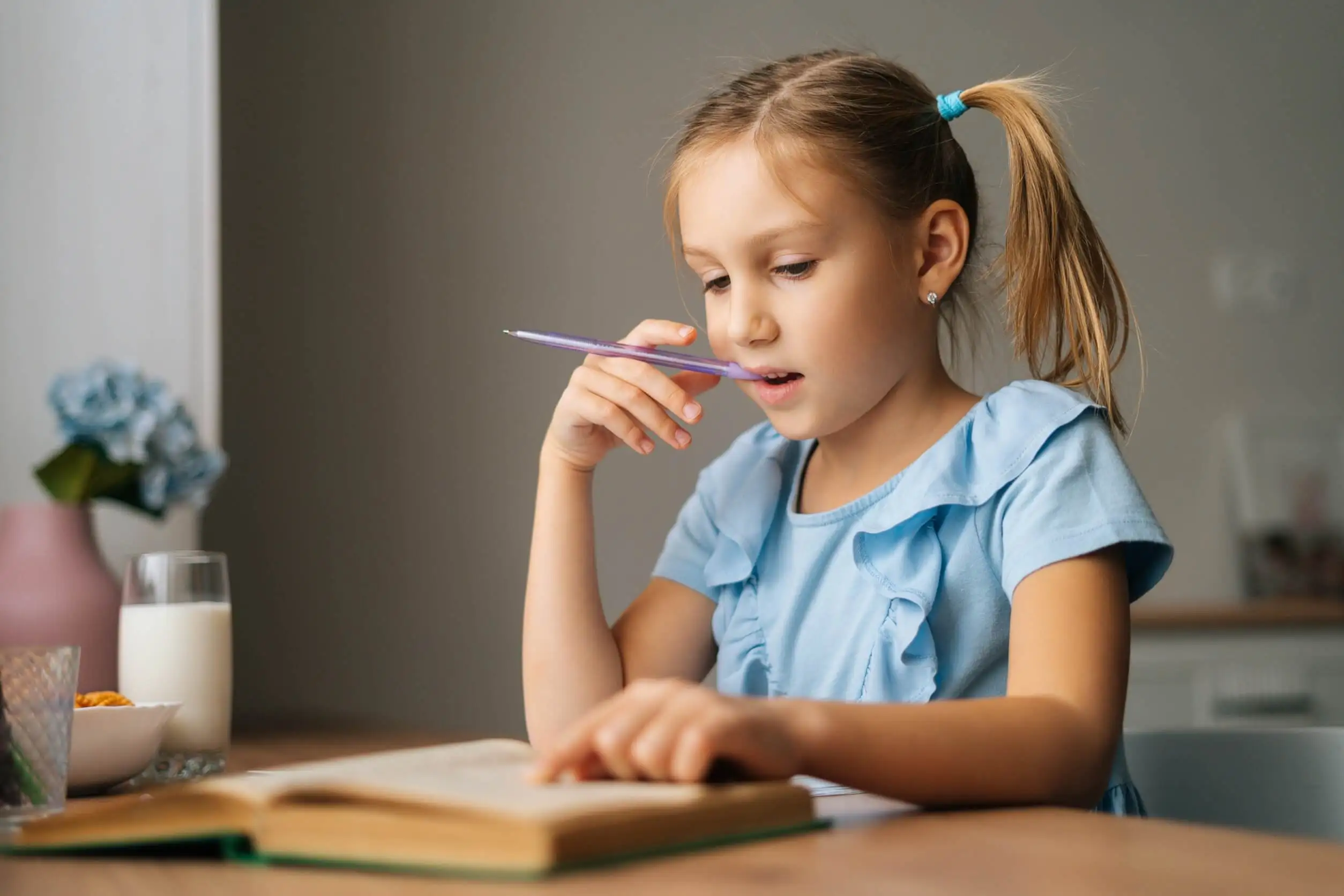10 Activities to Work with Children's Emotions


Written and verified by the psychologist Montse Armero
From the educational, pedagogical and psychological fields, the proper management of children’s emotions is considered very important for a good infant-juvenile development. This is because good emotional regulation in childhood has a positive impact on conflict resolution at that age and as adults.
However, can children really learn to manage their own emotions? However, from what age? In the following space, we’ll answer these questions and take a closer look at some activities that help children to learn to process and work with their emotions.
How can children learn to work on their emotions?
It’s been said that children are like “sponges” since they have an extraordinary capacity to learn. However, it’s necessary to find the right way to bring knowledge closer to their level.
Thus, if we want to work on emotions at this stage, we can’t do it with very abstract concepts. If we do it that way, it’s likely that they will not understand anything about what we want them to learn.
On the contrary, if we simplify the ideas, use their own language and their favorite ways of learning, they will easily become familiar with the new concepts and integrate them to their knowledge.
Find out how to: Teach Your Children How to Control Their Emotions
10 activities to work on children’s emotions
As pointed out in an article published in the National Association for the Education of Young Children, emotions have an impact on attention, memory, and learning. In addition, they’re determinants for building social relationships and for general well-being.
That said, promoting the development of emotional intelligence from childhood has repercussions in many areas of adult life. For this reason, we’re going to share 10 activities that help to work on children’s emotions. Put them into practice!
1. The dictionary of emotions
For children to become familiar with their emotions, a good exercise is for them to understand exactly what each one of them means. Furthermore, it can be done from the age of two and can be adapted to any age.
The activity consists of selecting photographs of people expressing a specific emotion. Once we have them, we will cut them out and paste them into a notebook. Next to them, we will write the name of the emotion.
Depending on the age of the child, we can reflect on the emotion or have the child write about it. If they’re very young children, we will use only basic emotions such as happiness, sadness or anger. If they’re older, we can select more complex emotions.
2. An emotions notebook
Many times, children do not know how to channel their emotions when they are feeling them, especially if they’re unpleasant. A good way to channel them is through drawing.
The child will have a notebook in which he can draw his emotions whenever he needs to. In this way, he/she can scribble or make more detailed drawings depending on the moment and the emotion.
It may be interesting to be able to accompany him/her in the process and reflect on his/her drawing. If the child is upset and does not feel like talking, it’s better to postpone it for when she or he is calmer.
3. Keep an emotion journal

Once children have mastered writing, a good habit is to have them write down the emotions that have affected them the most each day. To facilitate adherence to the activity, the first few days we can do it together with them in the form of reflection.
Once they’ve understood the dynamics, they can do it alone in the way that is most attractive to them; this may be as a diary, also adding some drawings, selecting the most outstanding emotions of the day, or listing the reasons why they feel grateful that day.
4. The calm corner
Another good resource for children to better manage their emotions is to have a space at home that they associate with tranquility. When for some reason they feel overwhelmed by their emotions, they can go there and relax.
To make it more effective, we can decorate the space with them and decide together what elements and colors help them to be more relaxed. If we as adults also use that space to calm down, children will more easily associate that corner with managing their emotions.
5. Read stories can help with children’s emotions
Nowadays, there are a great number of children’s stories aimed at working on children’s emotions. Their plots facilitate introspection and help them to know themselves better.
Even so, any story we have at home can be a good tool to work on emotions. But, the only thing we have to do is to reflect on the characters.
We can ask questions like:
- How do you think the main character feels?
- Why do you think he feels this way?
- What would you do in his place?
- What could he/she do to feel better?
6. Combine music and artistic expression
A good activity for children to learn to channel their emotions is to do it through music. To do this, we can select different musical pieces; some calmer, others more energetic, others happy, funny or melancholic.
We can then play them, and we will facilitate that the child expresses what he feels through dance, painting, drawing or mimicry. The important thing is that he/she connects with the emotions that the music generates and finds a way to channel them.
7. A good news jar is a great way to work on children’s emotions
For this activity, we can use a glass container or a decorated box. In addition, we will need to have small sheets of paper, a pencil and colors right next to it.
What we will encourage is that the child can draw or write all the good things that happen to him/her on the paper. We will keep it in the container and from time to time we will read the good news. This will be quite useful if the child is having a bad day.
8. Mine emotions
This simple group activity consists of writing down different emotions on different pieces of paper or cards. Then, one of the children should select one without the others seeing it and, through mime, act out what it means.
Then, the other children should guess what emotion he/she is describing through the gestures. The child who guesses it will be the next to go out and mime.
9. Children’s emotions theater
This is a good activity for group work. Each child will choose a character -either themselves, through puppets, or other toys- and will represent a specific emotion of the story they want to represent.
10. An emotion thermometer
Draw two thermometers on a piece of cardboard with the child. Right next to them, we will also paint some faces that express emotions. Next to the first thermometer, the most uncomfortable emotions. From apathy and sadness at the lowest temperature, to nerves, anger and rage at the highest temperature.
Next to the second thermometer, we will draw the most positive emotions. In the lower temperature the most relaxed ones, such as tranquility, serenity or being happy, to the most active ones in the higher temperatures, such as happiness, enthusiasm or joy.
The feneral benefits of working with children’s emotions
To be more precise, some benefits are the following. Working with their emotions helps children to:
- Deepen their self-knowledge.
- Have greater self-control.
- Better accept their emotions, whether they are comfortable or uncomfortable.
- Feel more self-confident.
- Improve their self-esteem.
- Improve their ability to adapt.
- Be more proactive and responsible for what happens to them.
- Improve their social skills.
- Develop their empathic capacity.
- Build healthier relationships with other people.
- Manage conflicts with other children in a better way.
- Work better as a team.
- Have a better coexistence at home.
- Finally, it’s a good way to improve their academic performance.
Like this article? You may also like reading: The Dangers of Repressed Emotions
Final recommendations for working on children’s emotions

We can infer that developing emotional intelligence through playful activities provides good psychological tools both in the short and long term. However, as adults, we must respect the learning pace of children. Therefore, we can’t force learning, no matter how valuable it may be.
Flexibility in education is essential, and children are not always willing to learn what we want to show them. Also, the best way to teach how to manage emotions is through example.
If we ourselves develop good emotional intelligence, we will teach them naturally on a daily basis. Through our non-verbal language, our conversations, our actions, and also our mistakes, they can learn as much or more than with any game.
Therefore, the acquisition of emotional resources is not just a matter for children. The more we improve our own emotional intelligence, the more resources and strategies we can transmit to our children.
All cited sources were thoroughly reviewed by our team to ensure their quality, reliability, currency, and validity. The bibliography of this article was considered reliable and of academic or scientific accuracy.
- Thümmler R, Engel EM, Bartz J. Strengthening Emotional Development and Emotion Regulation in Childhood-As a Key Task in Early Childhood Education. Int J Environ Res Public Health. 2022 Mar 27;19(7):3978. doi: 10.3390/ijerph19073978. PMID: 35409661; PMCID: PMC8998041.
- Teaching Emotional Intelligence in Early Childhood. (2017). National Association for the Education of Young Children (NAEYC). Available in https://www.naeyc.org/resources/pubs/yc/mar2017/teaching-emotional-intelligence
- Domínguez, P. (2004). Intervención educativa para el desarrollo de la inteligencia emocional. Faísca: revista de altas capacidades, N. 11, 47-65. [fecha de consulta 23 de junio de 2021].
- Martorell, C., González, R., Rasal, P. y Estellés, R. (2009). Convivencia e inteligencia emocional en niños en edad escolar. European Journal of Education and Psychology, Vol. 2, 1 (69-78). [fecha de consulta 23 de junio de 2021]. Recuperado de https://dialnet.unirioja.es/servlet/articulo?codigo=2873251.
- Shapiro, L. (1997). La inteligencia emocional de los niños. México: Vergara Editor.
This text is provided for informational purposes only and does not replace consultation with a professional. If in doubt, consult your specialist.








